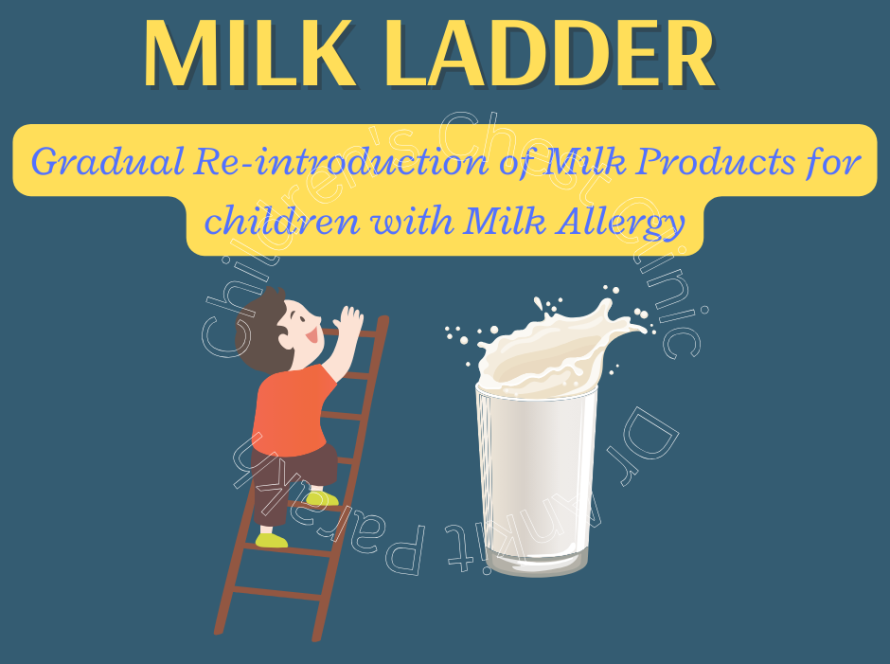Sleep apnea is a common condition in children which is poorly recognized and un-diagnosed. Untreated sleep apnea can have significant ill effects on child’s health.
What is Sleep Apnea?
Sleep apnea is a condition where partial or complete stoppage of child’s breathing occurs many times throughout the night. This happens because the child’s airway is narrowed or obstructed and sufficient air cannot pass through leading to pauses in breathing multiple times in the night. Pause in breathing that can last only a few seconds to a as long as a minute or even longer. The brain then signals the body to arouse and the child makes an effort to start breathing again leading to gasping or snorting. Sleep apnea lead to a poor oxygen supply to the child’s brain and accumulation of carbon dioxide in the body. Sleep apnea leads to frequent arousals from sleep leading to not enough good quality sleep.
What are the signs and symptoms of Sleep Apnea in children?
Regular snoring when accompanied by additional problems like gasps or pauses in breathing, frequent arousals from sleep, sleeping in abnormal postures like sitting or hyperextended neck; this could indicate a more serious problems such sleep apnea.
Children with sleep apnea can also be very sleepy and overtired during the day. There can be behavioral problems including difficulties at school like poor school performance and learning problems. Children can also have signs of attention-deficit/hyperactivity disorder (ADHD). Some children with Sleep Apnea can have delayed growth and cardiac problems.
Which children are more likely to suffer from Sleep Apnea?
The commonest conditions related to Sleep Apnea in children are adenotonsillar hypertrophy and obesity. Other condition related to sleep apnea in children are genetic syndromes like craniofacial syndromes (Apert, Crouzon, Pfeiffer), Down’s syndrome, Obesity syndromes (Prader Willi or Bardeit Biedel), Pierre Robin sequence etc. Children with neuromuscular disorders like Duchenne’s muscular dystrophy, spinal muscular dystrophy are also predisposed to have sleep apnea.
How is Sleep Apnea diagnosed in children?
Contrary to the common opinion amongst parents and patients signs and symptoms have not been able to predict sleep apnea in children and its severity. Just to explain this point further; there can be two children of similar age with snoring, adenoid hypertrophy and rest similar features one can have severe sleep apnea and the other is normal. Hence, the diagnosis of sleep apnea only on the basis of signs and symptoms can be subjective and inaccurate.
The recommended investigation for diagnosis of sleep apnea is an overnight sleep study or a Polysomnography. It helps in proper diagnosis and assessment of severity of sleep apnea in children. More details about a sleep study could be found on here.
What is the treatment of Sleep Apnea in children?
The first line treatment of sleep apnea in children is adeno-tonsillectomy. In most children adeno-tonsillectomy significantly reduces the severity of sleep apnea. Some children especially with complex sleep apnea might require CPAP treatment.






